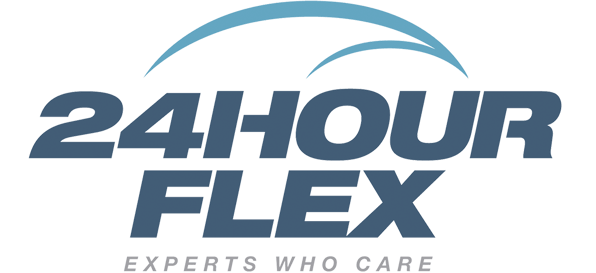Now that you know what a Cash Balance Plan is from reading Part 1 Is a Cash Balance Plan Right For My Company? Part 1 of this series, the next step is: What are the reasons for setting up a Cash Balance Plan? 
A Cash Balance Plan, when used correctly and by the right employer, can open up a tremendous new tax savings and retirement savings world for an employer.
What Are The Reasons To Establish A Cash Balance Plan?
- Easy to Understand: A traditional defined benefit plan is not easy for a participant to understand. When looking at their plan statement, the actual benefit is not clear. A Cash Balance Plan will provide the participant with a statement that will reflect the beginning balance, the "hypothetical" contribution amount for the year, the "hypothetical" interest amount for the year and the ending balance, much like a defined contribution plan statement.
- Increased Retirement Savings: In a defined contribution plan, a participant's maximum contribution (including the employee and employer contributions) for the 2013 plan year is $51,000 plus the additional catch up contribution of $5,500 for participants age 50 and older. Adding a cash balance plan can increase a participant's savings by up to $205,000, depending on the participant's age.
- Tax Savings: All of the contributions made by the employer for both the defined contribution and defined benefit plans for the year will reduce the employers tax burden for the year since these contributions are deductible.
- Increased Plan Design Potential: Adding a cash balance plan in combination with a defined conribution plan using cross-testing provisions will allow an owner to maximize their contribution (recall this can be up to $261,500) while potentially limiting the staff's contribution to 7% of their gross compensation.
- Protection from Creditors: Similar to a defined contribution plan, the assets in a Cash Balance plan are not subject to creditors. This feature can be very beneficial to a business owner!
- Portable: If an employee leave the company and is vested in the Cash Balance plan, they can move their funds to another qualified plan (either to another defined benefit or defined contribution plan) or IRA.
As you can see, a Cash Balance plan walks and talks like a 401(k) plan, but by no means is it. No 401(k) plan will allow an employer to save as much in their retirement plan or deduct as much as a business expense.
To learn about the ability to implement a Cash Balance Plan for your company or to learn more about Cash Balance Plans, please click on the link below.

